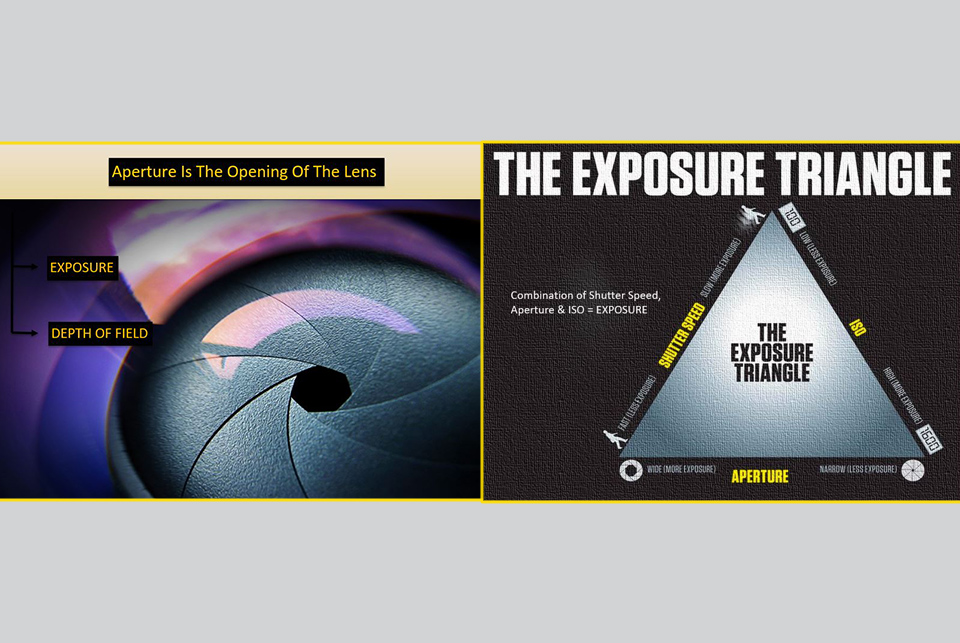When learning photography, it is common for people to find themselves lost in an ocean of jargons. That’s when basic Nikon photography tips and digital photography classes at
www.CaptureWithNikon.in, Nikon India’s online photography community, can help. Starting from basic Nikon photography tips to expert tricks, you stand to learn a great deal by being part of Nikon’s vibrant photography community. To help you get started, in this post, we share five basic photography terms every photographer must know. Read on.
1. Focal Length
Focal length tells you the distance between the camera lens and the image formed on the film. Expressed in millimeters, focal length helps you gauge how ‘zoomed in’ an image may appear. While a lens with short focal length, say 18 mm, may give you a wider angle, a longer lens such as a 100 mm one, will give you a narrow, ‘zoomed in’ output. Based on the focal length, lenses are broadly classified in-to Wide angle lens and Telephoto lens.
2. Exposure
In the world of photography, the term exposure may mean a number of things. Broadly speaking, though, exposure has got to do with the amount of light camera capture in a particular photograph. The more you expose the camera sensor to light, the brighter your photo will be. The less light, the darker your photo will be. There are three ways for your camera to control the amount of light that reaches the image sensor. Shutter Speed, Aperture and ISO, these three together constitute the
exposure triangle.
3. Depth of Field (DOF)
Depth of field is used to define the portion of a photograph that is in focus. While working with a shallow depth of field, like in portraits, the background is blurred, and the subject remains sharp. A greater depth of field, commonly used in landscapes, keeps a greater area of your frame in focus. Depth of field is mainly influenced by aperture, focal length and focal distance.
4. ISO
ISO, much like exposure, has got to do with the amount of light you capture in a photograph. Technically speaking, ISO is the light sensitivity of the image sensor. Each camera comes with a native ISO, also known as the base ISO, which is generally around ISO 100. The lower the ISO, the cleaner the image, and the higher the ISO, the more then noise (grains) in the image. High ISO settings are generally used in low-light shooting conditions, and to counter the noise that accompanies a high ISO setting, slower shutter speed and wider aperture settings are used.
5. Shutter Speed
Shutter speed, in the simplest of terms, can be defined as the duration of time for which the shutter remains open. Generally measured in fractions of a second, such as 1/200 or 1/4000, shutter speed allows you to control both exposure and motion blur. While shorter shutter speeds capture lesser light, longer shutter speeds gives more time for light to fall on the sensor. Longer shutter speeds are widely used for capturing long exposure images such as star trails in night skies.
Wrap Up
What we have above are just a few terms among the many others that you must know as a photographer. Having a command over photography terminology is indispensable, and the best way to go about it is to learn it from veterans. Nikon India’s online photography community,
www.CaptureWithNikon.in, brings to you Nikon digital photography classes, helping you improve your skills and learn several useful techniques from the best in the field. To sign up for online Nikon photography classes or learn basic Nikon photography tips, call 1800-102-7346 or fill out our
contact form and we’ll take it from there.


